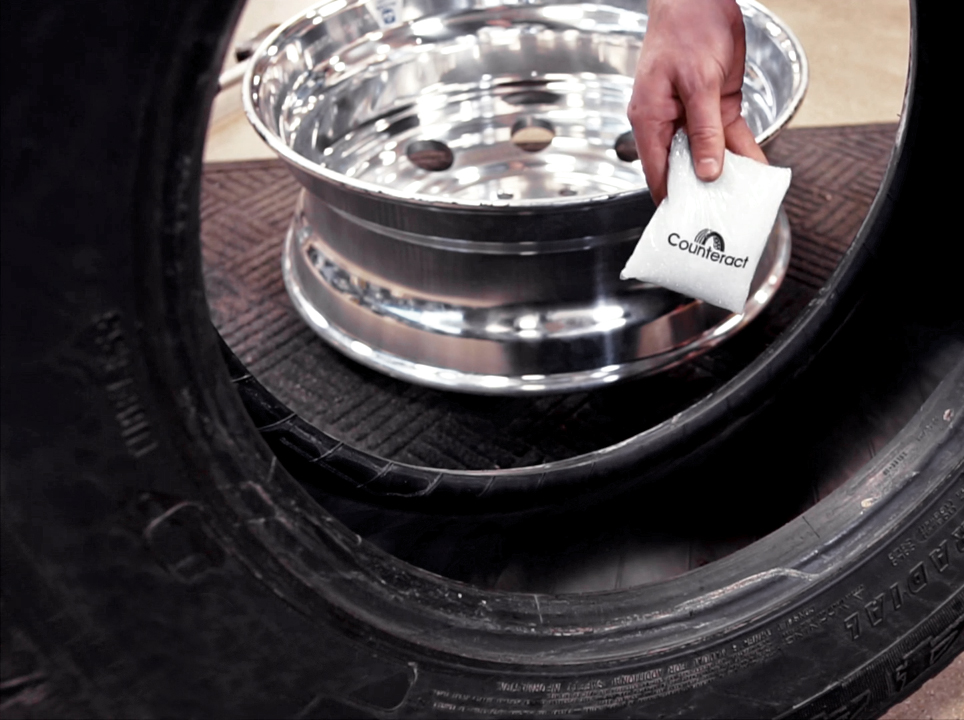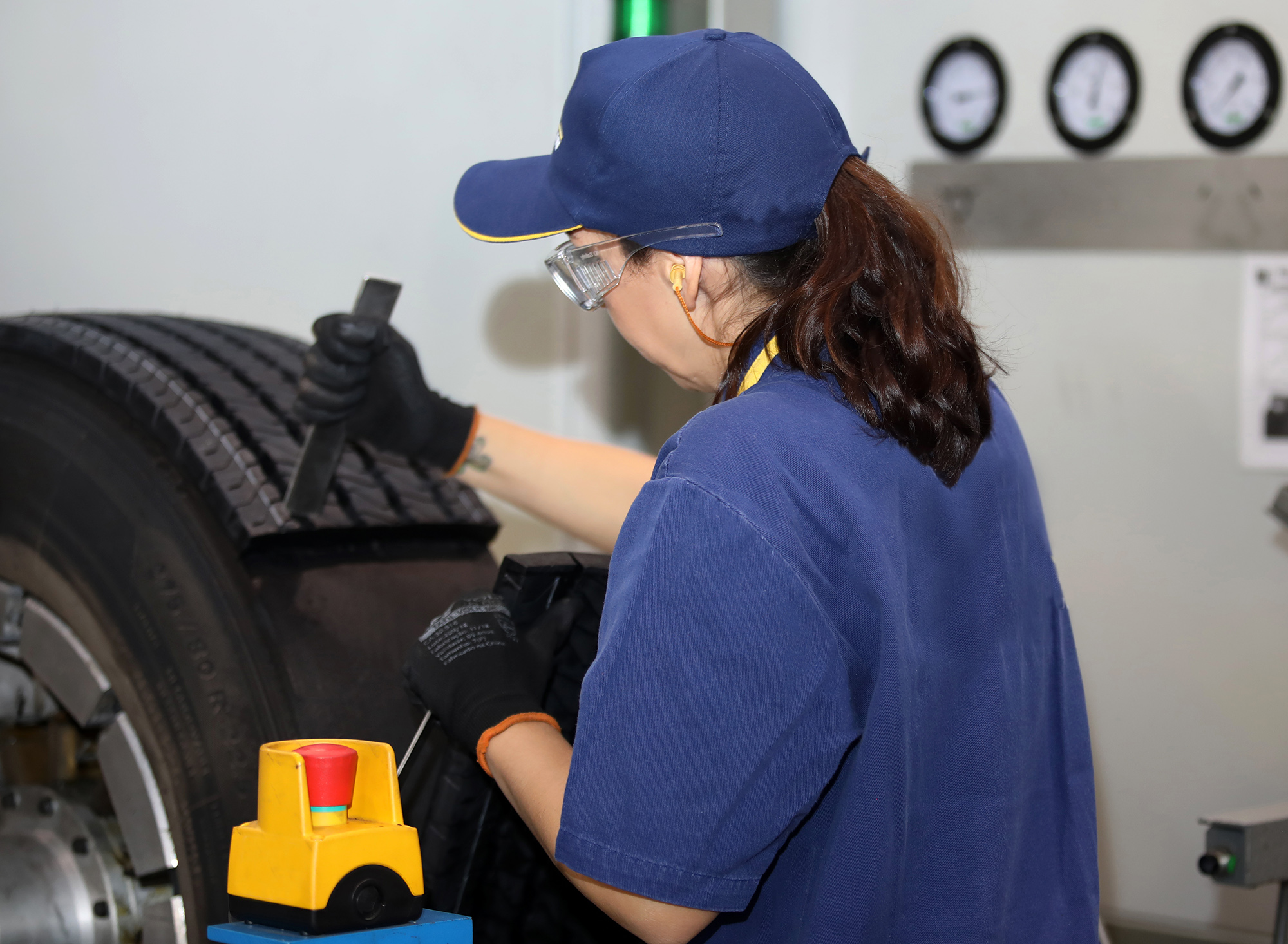The Growing Popularity of Retreading in the Tire Industry
Retreading has become a popular alternative to purchasing new tires because it is a more cost-effective method. Recent technological advancements in the industry have also bolstered the reliability of retreads. Apart from price, retreading involves recycling, and as the world becomes more eco-conscious, retreading is predicted to increase in popularity.
The Comprehensive Process of Retreading
The first step in retreading is to conduct an inspection of the casing of the tire being retreaded. Various factors, such as prior punctures, instances of running flat, severe imbalances, overheating, among others, contribute to the assessment of the casing’s suitability for retreading. During this step, those handling retreading assess whether the tire casing can be successfully refurbished.
A Case Study on Enhanced Performance with Counteract Balancing Beads

Counteract Balancing Beads are the economical way to balance the vehicle wheel assembly for the lifetime of the tire. Counteract will not cause damage to the inner liner of the tire, they won’t clump, regardless of excess moisture and are TPMS compatible.
In a study conducted at the University of Uberaba in Brazil, a test was performed to measure the reduced cost of road transportation using Counteract Balancing Beads. This test focused on tire operating temperature, tire wear, tire reusability, and electrical interaction. Surprising results revealed a 25-degree Fahrenheit reduction in operating tire temperature, a 14.2% decrease in wear, and notable improvements in traction and compression capacity. These outcomes collectively contribute to an enhanced casing condition.
Ensuring Longevity and Optimal Conditions for Retreading
Utilizing Counteract Balancing Beads ensures that fleets can confidently maintain tire and wheel-end assembly balance throughout the tire’s lifespan. This proactive measure ensures the tire casing is in optimal condition for retreading when the tire reaches its end of life.



